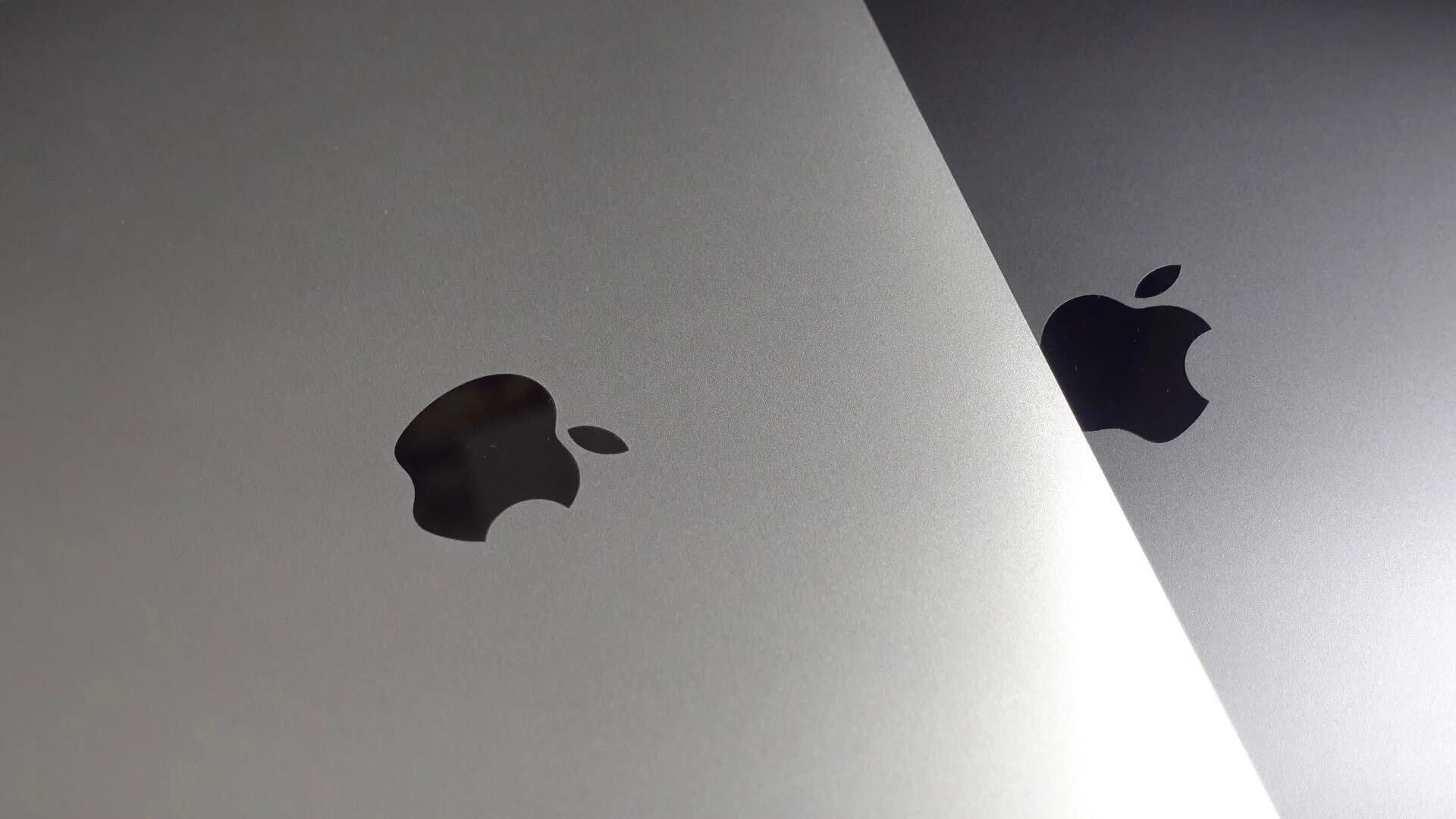[youtube=http://www.youtube.com/watch?v=yg_ZjYUgoKQ]
So, you want to manage a project and need the perfect app to aid the process. First decide whether you are a professional manager, or an amateur just seeking a better scheduling app, before jumping into this hands-on. If you are the latter, OmniPlan for iPad is definitely not the productivity app for you. With that said, this review is a little ironic for me. I am probably the most unorganized person alive. Anyway, let’s delve into the nitty gritty on this whopping $49.99 app available at the App Store.
A picture gallery is below.
Related articles
- Facebook working on ‘major update’ to its SDK for iOS, acquires Face.com
- Will Microsoft try to take on Apple by manufacturing its own tablet?
- Apple now requires user permission in iOS 6 before apps can access private data
- Is Siri a success for Apple? [Poll]
- How to run Absinthe 2.0 jailbreak on 10.8
OmniPlan for iPad
OmniPlan is known as a robust project management app for the Mac that boasts Gantt charts, smart scheduling, team coordination, and progress tracking, but The Omni Group released an optimized version of its powerful computer software for the iPad earlier this month.
The idea is simple: Users can create a project with a time frame and organize sub tasks and milestones through assigned values, dates, resources, etc. Team members can follow individual tasks to track progress visually or make changes in real-time. The app also alerts users to conflicts within the timeline—while providing helpful suggestions.
Those familiar with the $199.99 Mac flavor are well aware of its vast options and subsequent intricacies. It is the go-to app for business professionals looking to schedule, organize, and manage a project. I bought the Mac software as part of a bundle last year and hoped to use it with a renovation project, but I quickly realized that the long amounts of time required to learn OmniPlan could actually be better spent executing my project. (Or, I was simply way too lazy to follow/learn an organized plan via an app.)
I fully expected to meet the same obstacles with the iPad app, as it is a fully featured counterpart of the Mac app, but I surprisingly found a more user-friendly variation. The multi-touch controls, help guides, and easy-to-navigate user-interface were certainly more approachable.
 Learning OmniPlan
Learning OmniPlan
OmniPlan first launches with a menu that gives access to a help guide. Be sure to scroll through the suggestions and hints to familiarize yourself with the app. The tour is helpful at detailing the UI’s primary features. There are even resources for project creation, sync features, and a link to the entire user manual.
Upon exiting the guide, a Documents window appears with four pre-loaded projects. Combing through the given examples will also assist with learning. This section further provides options to export a project, sync to the Omni Sync Service or Custom WebDAV server, and it sports buttons for creating, deleting, and renaming projects.
 Starting a Project
Starting a Project
Click the “+” icon in the upper left-hand corner of the Documents window to open a new project or launch a blank document. OmniPlan for Mac users will notice an absent sidebar, which housed tasks and other elements in an outline view. The iPad version features Gantt charts as the primary navigation point.
The chart view allows vertical pinching to zoom in and out of a project, while pinching horizontally adjusts the time scale below the top toolbar. Gesturing may cause tasks to bleed off the screen, but their text remains to the side as a link. Managing the Gantt charts occur through the top and bottom toolbars. They include options for task information, resource management, scheduling, project settings, and the toolbars even display preferences. The most useful aspect to editing a project is the progress tracking feature that records every tweak made and gives options to either reject or accept those changes. Obviously, this is a key feature for teams.
 Syncing/Sharing a Project
Syncing/Sharing a Project
Syncing a project is most useful when coordinating a team effort. OmniPlan allows users to sync their projects with either a WebDAV server or the free Omni Sync Service, where as iCloud is noticeably not available. I did not test the syncing feature, mostly because I did not check the app in a team setting, but the set-up looks straightforward.
OmniPlan for iPad does have a few limitations, though. Users cannot open Microsoft Project files, nor access them using Dropbox or iCloud, and they cannot email project files from the app. However, users can send project files from the Mac to the iPad. To do so: Connect the tablet to iTunes, click on the iPad icon in the sidebar, and then select “File Sharing” under the Apps tab. From there, select OmniPlan, click “Add,” and then add the project files from the Mac to the iPad. Users can also send OmniPlan 2 project files from the Mac to the tablet as an attachment, and then open them from the Mail app.
Conclusion
The Omni Group is a clear leader in project management software. Although I think this app is best used for business professionals as a companion to the Mac version, it does do well as a stand-alone. The primary differences are the absent sidebar and emphasis on Gantt charts. It carries impressive gesturing abilities, a responsive interface, and helpful guide that allows first-timers to learn the software gradually (and more quickly than the Mac one).
Check out the 4-star app on the App Store: OmniPlan for iPad
- Visit The Omni Group’s support forums for more information.
Related articles
FTC: We use income earning auto affiliate links. More.






Comments